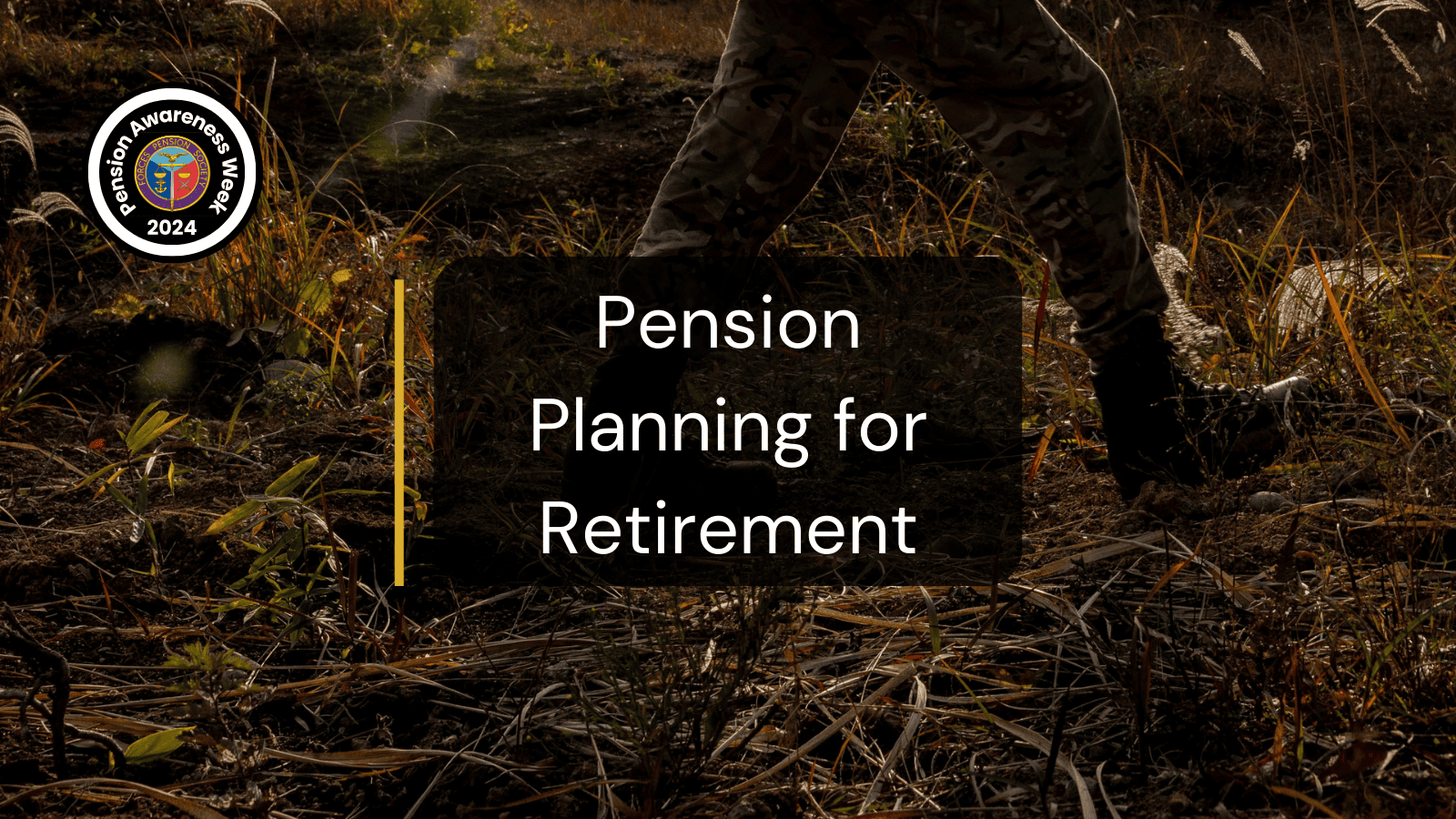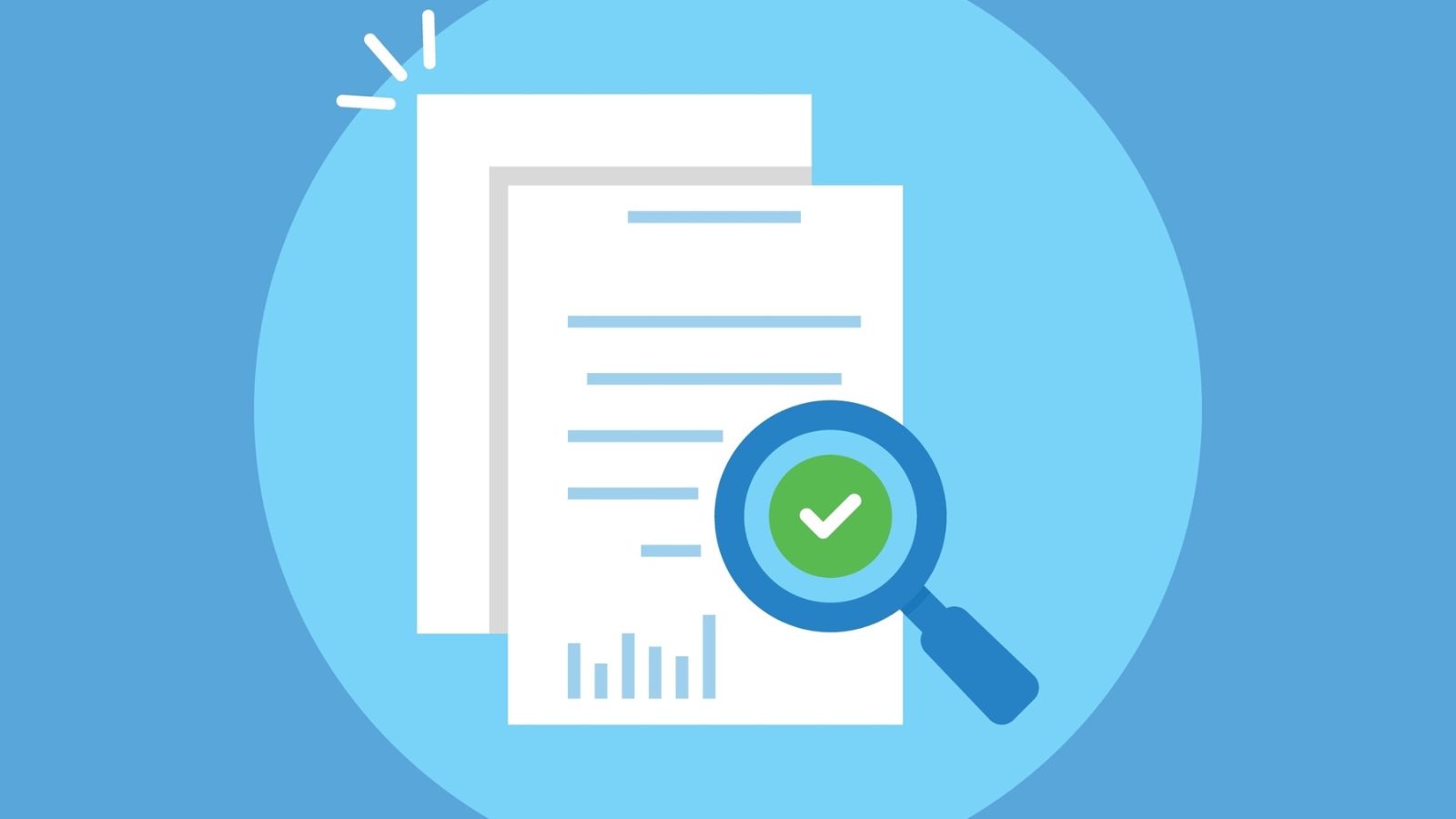
Few people embark on Armed Forces careers knowing what our pensions might look like in the future, but it is never too late to better understand your pension. Here we look at some considerations to help with pension planning for retirement.
Payment Triggers
The first thing to understand is when you become eligible for benefits from your pension. This depends on the schemes of which you are a member and, in the case of AFPS 75, whether you are commissioned or not. One thing common to all three pension schemes (AFPS 75, AFPS 05 and AFPS 15) is that you need to complete 2 years’ service to be eligible for any benefits at all.
The next key point is at either 9 years’ (commissioned ranks on AFPS 75) or 12 years’ reckonable service, where you become eligible for a Resettlement Grant. This is a tax-free lump sum intended to help regular service personnel settle into civilian life and is only available to those who have not qualified for immediate pension benefits.
If you leave at this point, your pension would be preserved/deferred and paid later. For AFPS 75, this is at age 60 for service up to and including 6 April 2006 or age 65 for service thereafter. For AFPS 05, if you leave before age 55, then your deferred pension will be paid at age 65. With AFPS 15, if you leave before age 60, then your pension becomes payable at your State Pension Age (SPA)
We will now explore the key dates at which you become eligible for immediate benefits on exit for each pension scheme.
For non-commissioned ranks on AFPS 75, you need to complete 22 years from age 18 or date of joining, whichever is later and for officers, you need to complete 16 years from age 21 or date of joining. Once you reach your AFPS 75 Immediate Pension Point, you are eligible for a service pension and lump sum.
There are no age considerations for AFPS 05 and AFPS 15, where you start accruing pension benefits from your first paid day in service. With these schemes, immediate benefits take the form of Early Departure Payments (EDP), comprising an annual taxable income and a tax-free lump sum. The EDP aims to retain people in the Services through to at least age 40, and then to compensate them for the fact that a full career to at least age 55 may not be available to most service personnel. EDP continues to be paid until the AFPS 05/AFPS 15 preserved/deferred pension comes into payment.
With AFPS 05, you need to complete 18 years’ qualifying service and be over age 40 to be eligible for EDP, known as your 18/40 point. If you serve until age 55, then you would leave with an immediate pension and lump sum, rather than EDP. Medical and Dental Officers who choose to take professional bonuses and those in Reserve service do not attract EDP.
AFPS 15 works in a similar way, but you need to complete 20 years’ qualifying service and be over age 40, known as your 20/40 point, to receive EDP on leaving. To leave with an immediate pension, you would have to serve until at least age 60.
If you are a member of more than one scheme, you need to meet the criteria for each scheme to leave with immediate benefits. If, for example you are a member of AFPS 15 with accrued rights on AFPS 05 but only serve until your 18/40 point, you would leave with immediate AFPS 05 benefits (i.e. EDP) but your AFPS 15 pension would be deferred until your SPA.
| AFPS 75 | AFPS 05 | AFPS 15 | |
| Resettlement Grant | 9 years (OF) 12 years (OR) | 12 years | 12 years |
| Early Departure Payments | N/A | 18/40 point | 20/40 point |
| Immediate Pension | 16 years (OF) 22 years (OR) | Age 55 | Age 60 |
| Preserved/Deferred Pension | Age 60 or Age 65 | Age 65 | State Pension Age |
Commutation
Commutation is the replacement of one type of benefit with another and may take the form of giving up pension income in exchange for an increased lump sum or giving up all or part of a lump sum to generate more income. There are different options available for each pension scheme.
- Resettlement Commutation (AFPS 75): Under the scheme rules, those leaving with an Immediate Pension before age 55 may commute pension income to generate a larger lump sum. This is ‘repaid’ from your pre-tax pension between your retirement and age 55. This can be tax efficient, as it reduces your level of earned income. At age 55, your pension income is restored to its pre-commutation value.
- Inverse Commutation (AFPS 05 and 15): The AFPS 05 pension provides a tax-free lump sum on exit if you leave at or after age 55, or at age 65 if you leave before age 55. When this is payable, you may choose to give up some or all of this lump sum to improve your pension. There is no commutation option in respect of the AFPS 05 EDP lump sum on exit. AFPS 15 provides an automatic tax-free EDP lump sum once you have reached your 20/40 point. The entire EDP lump sum can be surrendered to improve your EDP income until SPA. Inverse Commutation may increase tax liability as you are earning more taxable income.
- Commutation (AFPS 15): AFPS 15 does not provide an automatic lump sum when your pension is due. This is either on exit if aged 60 or older, or at SPA if leaving before age 60. When your pension comes into payment, you can choose to generate a tax-free lump sum by surrendering some of the pension. The reduction remains in place for life and the pension is never restored to the full value. Commutation may have the effect of reducing tax liability as you receive less income.
Postponement or Early Payment
Postponement of your pension is only available with AFPS 15, where the receipt can be delayed beyond SPA. A late payment supplement is applied to the pension which is enhanced for life.
Early payment is only available with AFPS 05 and AFPS 15 and can be requested from age 55 onwards. This includes the early payment of any lump sum due at the same time as the pension. This results in an actuarially reduced pension, determined by the age at which you take the pension and the normal retirement age for the scheme, which is payable for life – the full amount is not restored at any point in the future.
Preserved Pension Benefits
If you leave with preserved/deferred pension benefits, then these are not paid automatically, and you need to remember to claim them by submitting an AFPS Form 8. In the same way as when you were serving, you are eligible for one free forecast of your deferred benefits every 12 months. You request this from Veterans UK using an AFPS Form 14.
Pension Increases
Pension and EDP income already in payment are increased annually by the Consumer Price Index (CPI). The increase is based on the September rate of CPI, which is usually announced in mid-October and is effective from the first Monday following the start of the new tax year. In the year that you leave the service, the increase is proportionate based on the month you retire. The increases are then received annually thereafter. If you are under age 55 on retirement, then the pension increases since your exit date are stored and applied on your 55th birthday. You do not need to apply for this to happen – it is done automatically.
State Pension
Those reaching SPA after 6 April 2016 are eligible for the new State Pension (SP), in addition to their Armed Forces Pension. To be eligible for a full new SP, you need to have contributed 35 full years of National Insurance Contributions. You can check your SPA at www.gov.uk/state-pension-age and request a SP forecast at www.gov.uk/check-state-pension.
Your pension is with you for life; wherever you are on that journey, we’re here to help you better understand it.
You can download this article here.
*All content/figures correct at time of writing 09/09/2024




